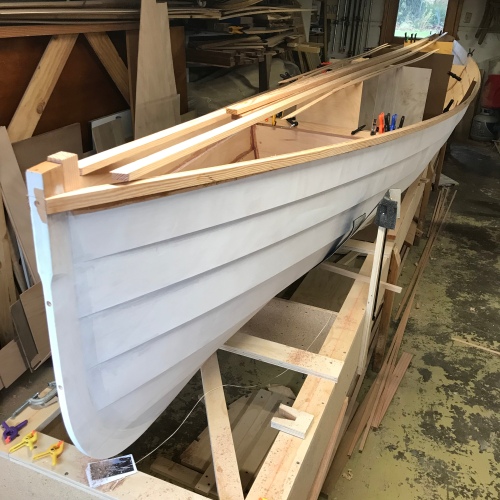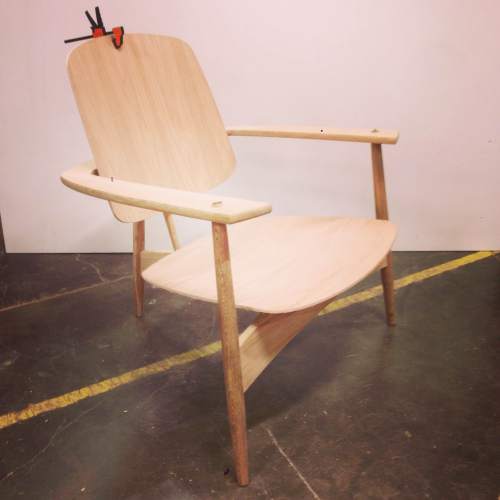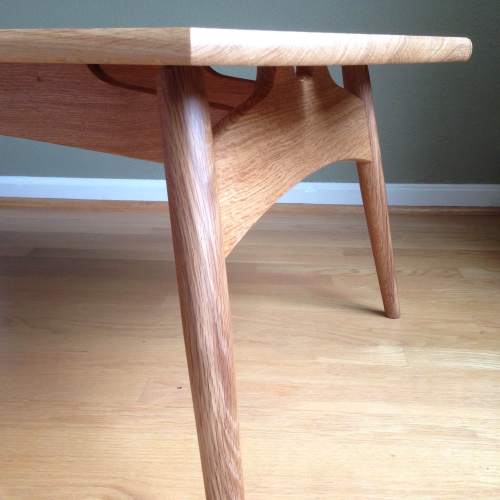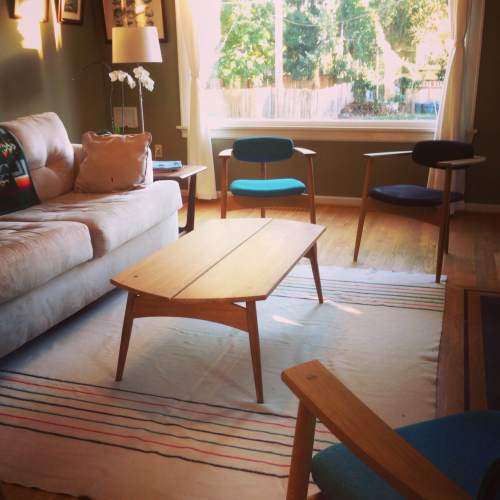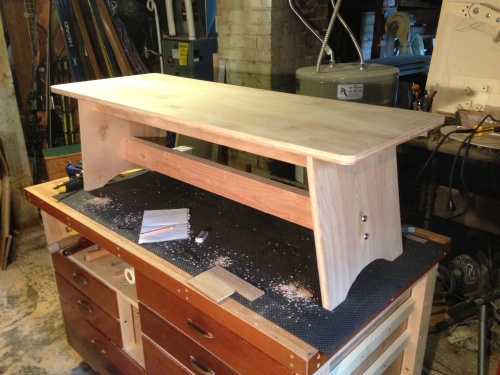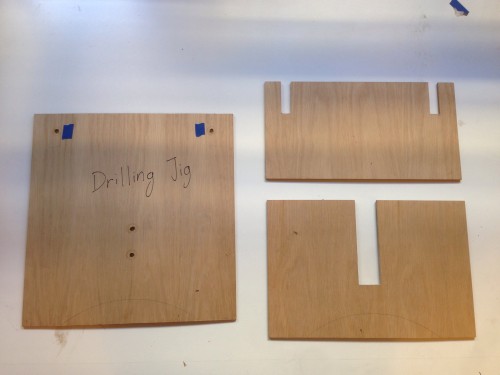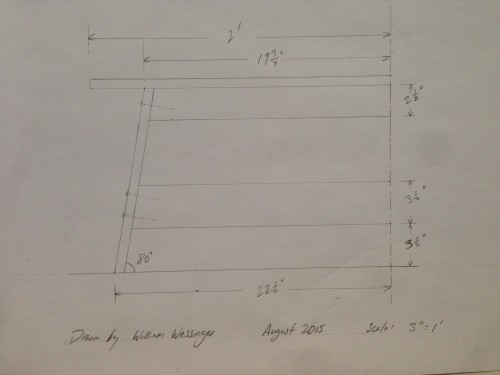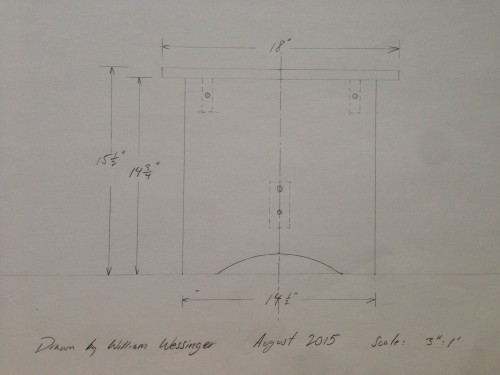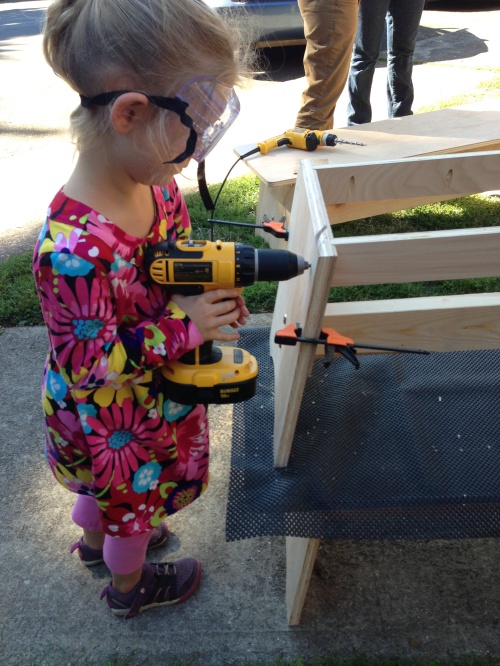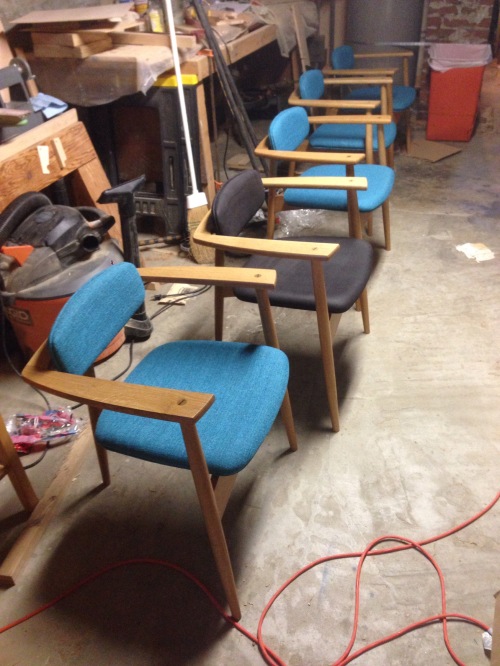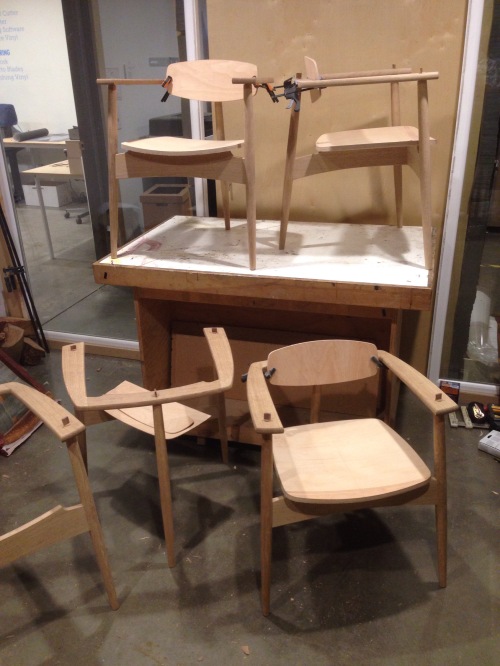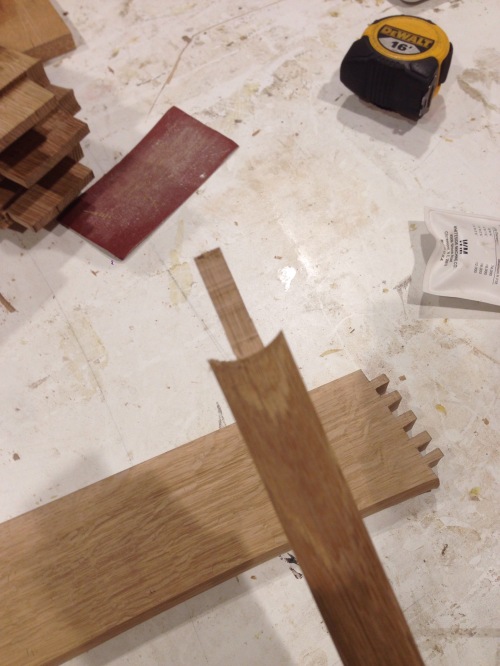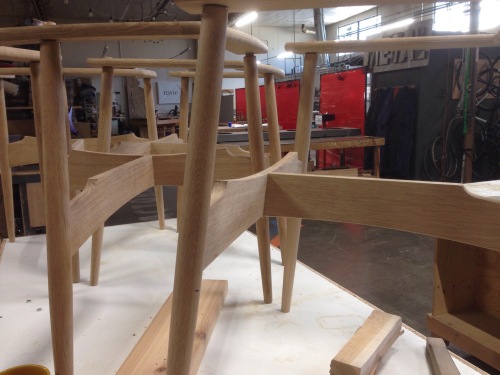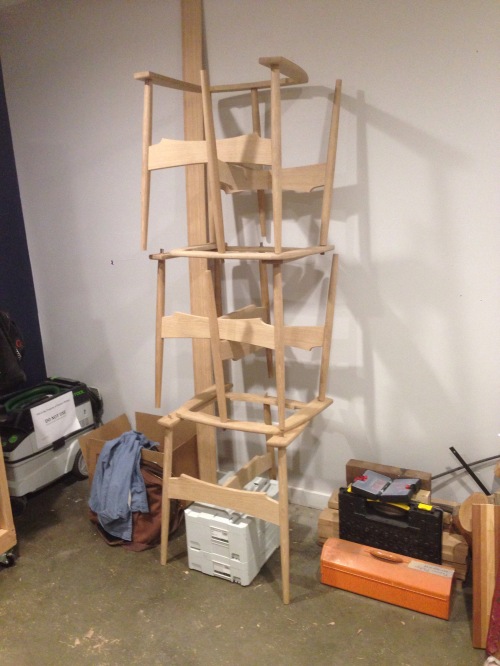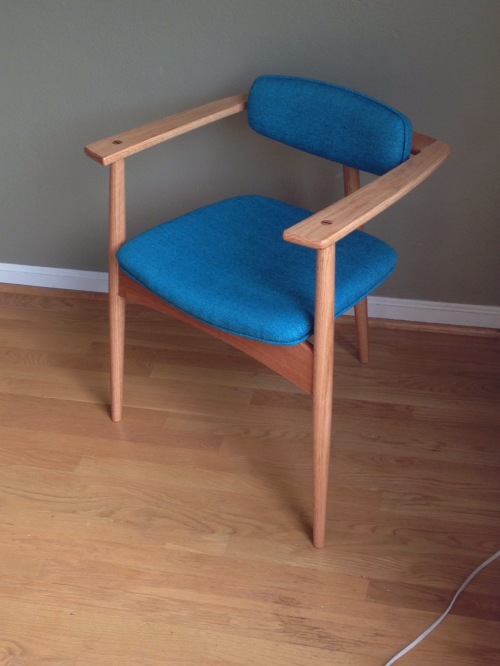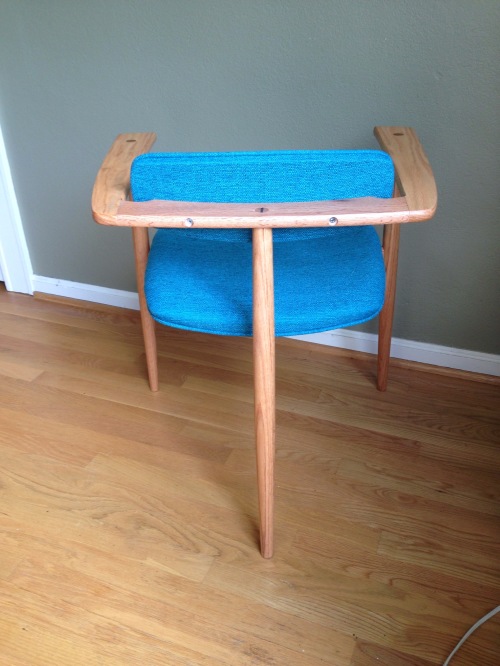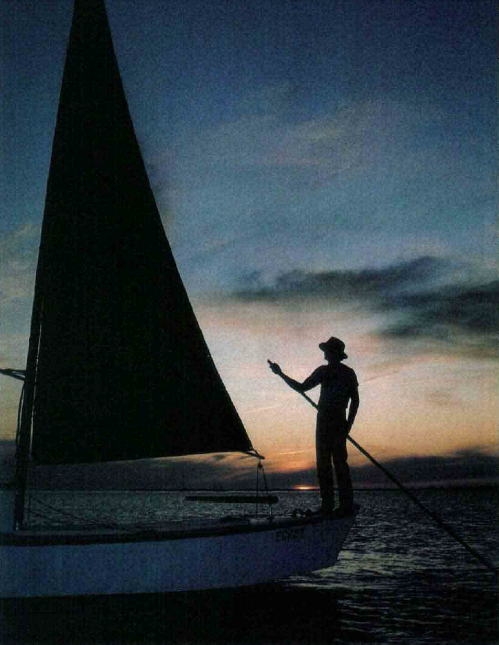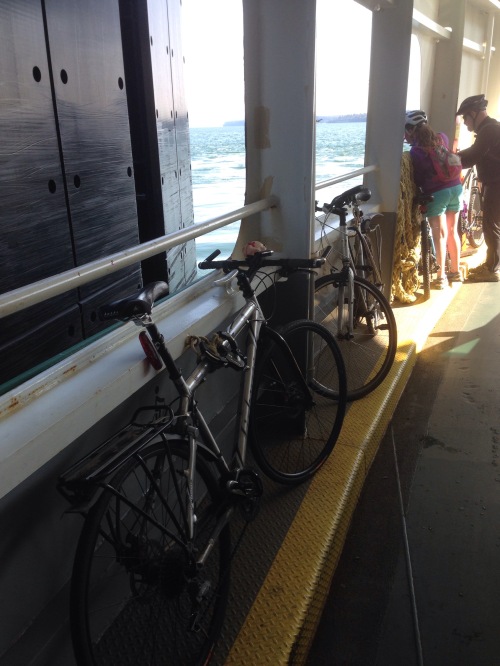One of the things I continue to love about cruising small boats is that I never know what I’m going to find. Maybe the thing if find is an animal haven’t seen before, one I see infrequently, an animal I’ve seen displaying behaviors I haven’t seen, or simply an animal I’m familiar with in unusual concentrations. Sometimes its coming across the neat old ships moored in quiet backwaters that I haven’t expected, or old wrecked boats that leave me with more questions than answers. I got all of those during a weekend last May. Last spring I decided to make my last long training weekend before the Seventy48 a full lap of Sauvie Island north of Portland. Starting at the St. Johns Bridge and heading down the Multnomah Channel from there, it would be a total of 45 miles spread between 2 days, and I would row the whole thing.
Where most of my multi-day trips are traveled in loose fleets with at least one other boat, this was a solo trip. Leaving the boat ramp was familiar territory. I rowed 2 miles down the Willamette to the entrance to Multnomah Channel and felt the current pick up. The first mile or two of the channel was also territory I had covered before. Beyond that was a stretch I had seen from the road while biking or driving on the island, and then I got beyond that. The channel starts with Forest Park and the Tualatin mountains rising almost directly from its banks, but as it began meandering back and forth, the channel winds its way into a flatter ground. I would periodically pass long lines of floating homes, while alternately rowing quietly past wooded country or narrow rows of trees that appeared to have farmland behind them. In some of the darker forested sections there would be small homes with peeling paint and docks with curious collections of boats in various states of repair.
At one point I passed an old wooden powerboat that was sunk with only the bow sticking out of the water.

Further on I passed the rusted old Polar Star. I tried to find information about it, but couldn’t find any. I always wonder when I see boats like this one if someone has a dream of fixing it up and setting sail for whatever place they feel drawn to? Or perhaps its just tied up there because the owner no longer has a use for it, and just needed someplace to put it till they figure out what to do with it. Who knows.
As the sun was getting lower I was closing in on the north end of the island. I had seen a little backwater channel on the map, and decided to poke my way up it to find a place to anchor the boat for the night. I had my sleeping platform with me, which I’ve only done a few times, and would sleep on the boat. As I rowed further up the backwater, I could see a pond behind a row of trees. 
The water was high enough that I was able to pick my way between the trees and into the pond.

It was the perfect secluded spot to spend the night. I set my small anchor and settled in to watch the light slowly change. I made myself comfortable, made dinner and pulled out my book and some whiskey to mix into my tea. I watched the swallows flying overhead and listened to the many birds singing in the trees.

As the light got lower the swallows stopped flying and were replaced by a smaller number of bats. The sounds of the birds in the trees was replaced by the sound of frogs. Somewhere in there, I got what for me was the highlight as a beaver swam by within 20 feet of the boat. I didn’t get a good picture of it, but it seemed unfazed as it continued swimming among the trees on the east side of the pond. 
I read until the last of the light was fading and finished my chapter using my headlamp. I slept under the stars and somehow I never heard a mosquito the whole evening.

I woke up the next morning with about 23 miles to cover and nearly all of them would be against the current. There’s an old tugboat on the east side of Sauvie Island I’ve seen before and a really oddball UFO boat thing. The fiercest currents of the day were faced on the Columbia while rowing past the lighthouse, but that was still early in the day when I was fresh. I remember my energy starting to fade as I neared the Willamette River and my water was running low by that point. Once I got back onto the Willamette, the waves died down to nearly a dead calm and I was able to settle into a good rhythm despite my fatigue for a few miles, but the last two miles were hard fought. I was grateful to get back to the ramp and to get the boat loaded up on its trailer.


My circumnavigation of Sauvie Island was a great trip, especially for one that involved so little driving! Despite leaving from and returning to the ramp at the St. John’s Bridge, I quickly felt like I was out of town and if not in the wilderness exactly, well out of town. The random boats you find are always fun to see, and the wildlife was great. As a single overnight, I would recommend someone attempting to row this journey to make sure they really are confident they can cover the mileage comfortably vessel of choice. I should also state that after getting back I took a closer look at the maps for where I anchored, and I’m pretty sure I should not have stayed where I did( I’ll leave my exact location purposefully vague), although I also think that as someone rowing a lightweight boat and never stepping ashore that my impact was pretty minimal. I think the beaver would agree with me. If you are going to attempt a similar journey, check the relevant rules if you are going to look for a quiet backwater to anchor in, or there are also boat-in camp sites on Sand Island Marine Park near St. Helens.





